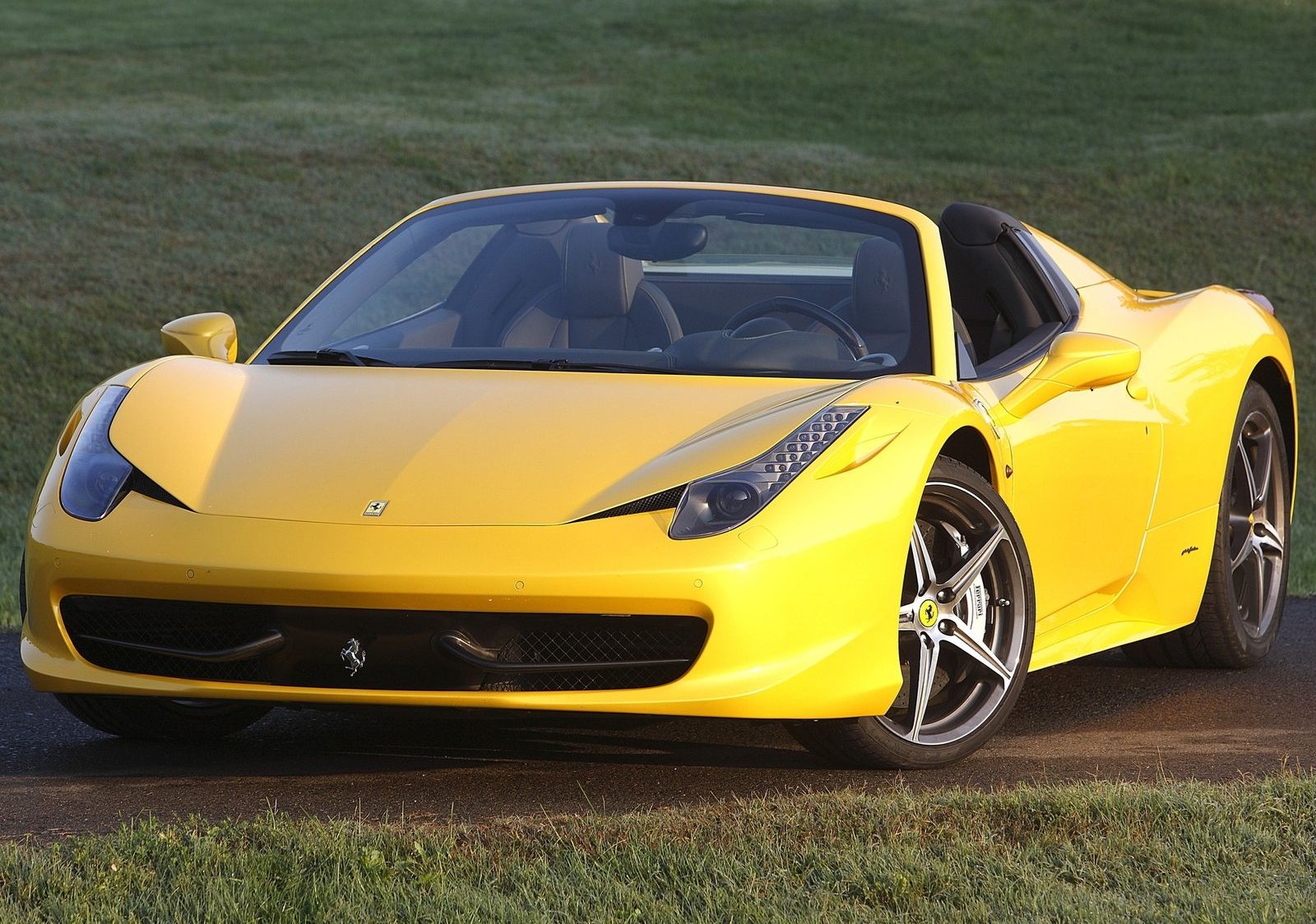
Last year's piping hot auto market set sales records thanks to a staggering 17.6 million vehicles sold. Analysts had predicted that 2017 would offer a bit of a comedown from that high, with only 17.2 million vehicles slated to be sold during the year, but the picture was still pretty. And then March happened. While some automakers got by unscathed, many suffered from sluggish sales that fell below expectations. However, things could soon get a lot worse as Bloomberg, citing a report from Deutsche Bank AG, claims.
Thanks to last month's sales slowdown, analysts have predicted a seasonally adjusted annual rate of 16.6 million vehicle sales for 2017. The slump is bad for automakers, but Deutsche Bank AG points out that a steeper dip is looming. "Somewhat ominously, today's market increasingly resembles one we described in 'A Triple Threat' (Feb. 20, 2004)," Deutsche Bank analysts Rod Lache, Mike Levine and Robert Salmon wrote in a note. "In that report we highlighted the risks to the industry from rising rates, rising negative equity in vehicle loans and used vehicle-price deflation. This could lead to deteriorating affordability, delayed trade-in cycles, consumer shifts from new to used, diminishing credit availability and deteriorating mix/pricing."
One sign of the car glut can be seen in scrapping data, which shows that 11 million cars are being taken off the road each year compared to 13-14 million just a decade prior meaning consumers are holding onto old cars longer. Even though 4 million new drivers got licenses in 2015, the total number of vehicles in the US jumped by 21 million since 2012, implying that there is an oversupply of cars. And then there's the issue of subprime auto loans, which have formed a bubble that could burst and hurt both car buyers and automakers. Deutsche Bank also made mention of the acceleration in falling used-vehicle prices as well as GM and Ford's need to further cut car production and add incentives to keep inventory at optimal levels as factors.
And then, as if the pile of bad news wasn't big enough, there's the fact that the market is splintering between the slowing rate of sedans sales and the steady stream of SUV and truck sales as other notable factors that join the other symptoms and causes of the current climate. It's been the recent influx in cash due to last year's car buying binge that's led to the abundance of beautiful and horsepower-laden cars we see today, so for the sake of keeping the mid-engine Corvette in the pipeline and the AMG GLC63 spitting out of Mercedes factories, let's hope automakers can make note and respond to changes with flexibility.

